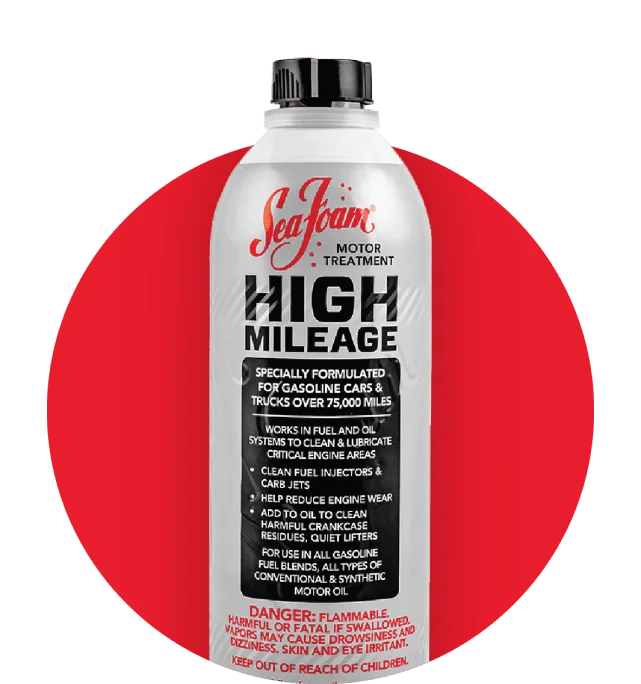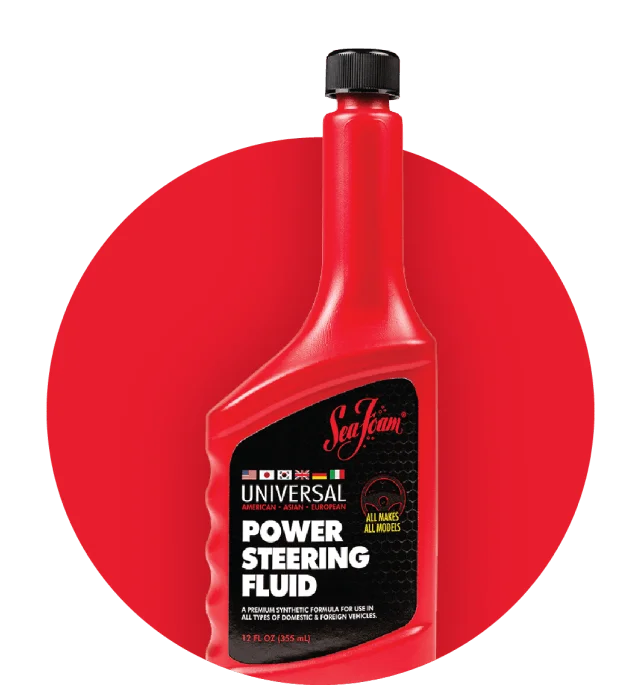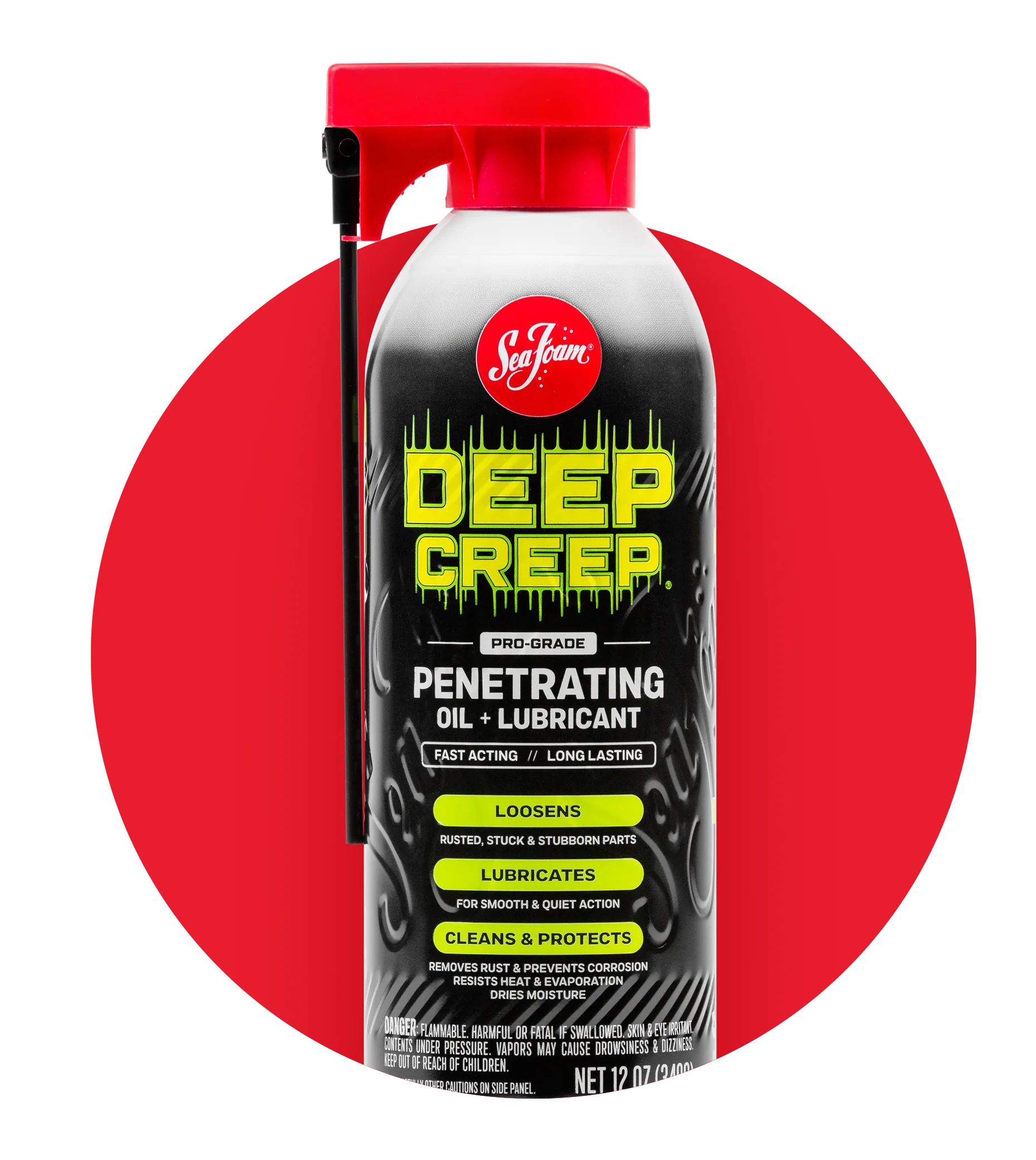HOW TO STORE A SNOWMOBILE WITH SEA FOAM
If you want to keep your sled looking and running its best — if you want to get the most from your investment and ensure it lasts for many years without problems or costly repairs — it’s best to follow a few simple steps.
HOW TO TREAT YOUR FUEL WITH SEA FOAM FOR STORAGE
Run your snowmobile until the fuel tank is nearly empty. Then, with the engine still running, add a full can of Sea Foam Motor Treatment to the tank and let it work into the fuel system. Sea Foam will keep the fuel you have in your tank stable while cleaning your fuel system and preventing the development of harmful deposits.
Pull the plugs and spray a shot of Sea Foam Spray through each hole to lubricate the cylinder cavities and keep them protected from corrosion. Then reinstall the plugs.
Follow these tips and you can put your sled away for the offseason worry free, and be ready to ride next winter.
Here are a few quick and easy tips for storing your sled.
Snowmobiles operate in a harsh environment, where moisture is always present, along with dirt, debris and often salt or other chemicals, depending on where you ride or trailer your sled. Left unchecked, it’s the perfect recipe for corrosion of mechanical parts and deterioration of your snowmobile’s finish.
In the spring, take the time to give your sled a thorough cleaning with a pressure washer and soap, as you might do for your car. For stubborn spots, try Sea Foam Bugs B Gone, a fast, effective cleaner that’s safe on your snowmobile’s surfaces.
Once clean and dry, grease the chassis per your manufacturer’s recommendations. You can also use a penetrating lubricant, like Sea Foam Deep Creep, on moving parts that don’t have grease zerks, such as A-arms. Deep Creep will both lubricate and protect critical moving parts from corrosion. Just be sure to keep any lubricant away from your clutch and drive belt.
To help keep your sled clean and corrosion free, store it under a cover in a dry building. Putting it up on dollies is a good extra step if wet floors are a concern.
If your snowmobile has a four-stroke engine, spring is a good time to change your oil and filter. Adding Sea Foam Motor Treatment to the crankcase (one ounce per quart of oil) before your last ride will help safely liquefy residues and deposits that can restrict oil flow and lubrication.
And most importantly, make sure your fuel is treated, as fuel problems are the top cause of hard starting or poor running seasonal machines. This is true for four strokes, two strokes, carbureted or fuel injected engines
How sea foam motor treatment protects your SNOWMOBILE during storage
Sea Foam Motor Treatment works to prevent the formation of harmful gum and varnish and adds protective lubricity to the entire fuel system during seasonal storage. Sea Foam also preserves ignition vapors and stabilizes fuel up to two years.
#seafoamworks
related
products
For motors of all shapes and sizes.



